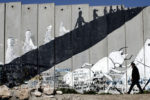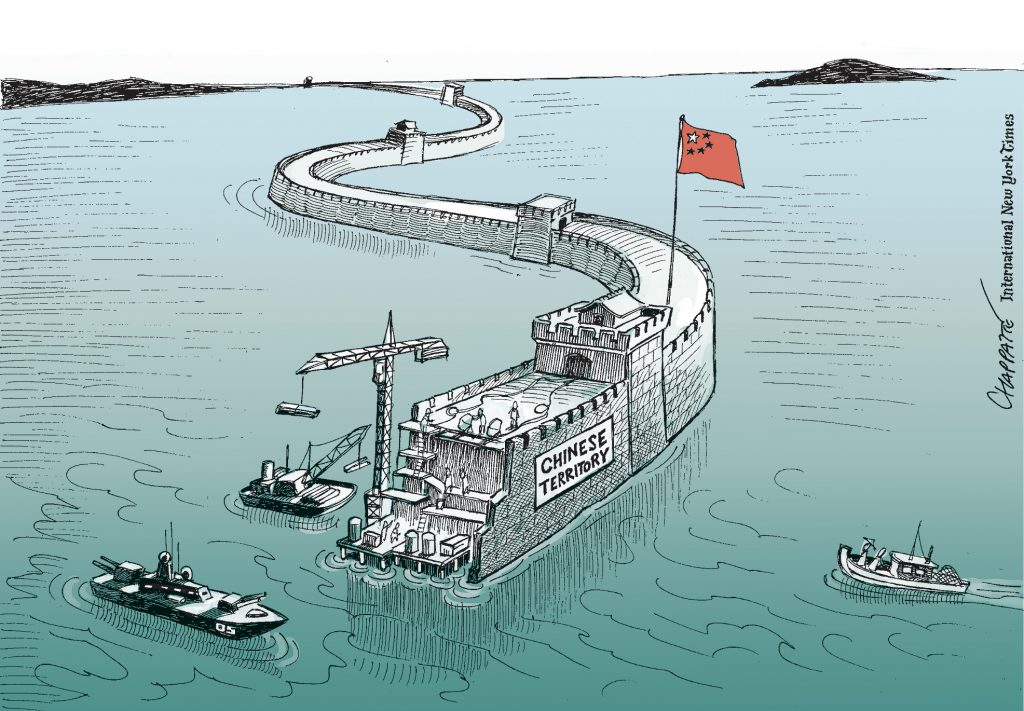While the global balance of power, under the impetus of the steady rise of China, is shifting towards the Asia-Pacific, and because the future of US policy is uncertain after the election of Donald Trump, tensions in the South China Sea have once again become a major strategic concern. The South China Sea is witnessing a series of sovereignty disputes between littoral states defending rivalling claims to maritime rights and boundaries. Adding weight and urgency to the disputes are the significant natural resources found in the coveted archipelagos and sea beds as well as the rising national sentiments in many of the claimant states. The geostrategic dimension of these quarrels is largely transcending the region and the involvement of external powers such as the United States further complicates the equation. The recent legal victory of the Philippines over China can be seen as a supplementary cause for anxiety in a latent conflict that may at any time escalate into a regional or global confrontation. Henceforth the search for a negotiated solution becomes crucial as military budgets continue to soar in the region.
© Chappatte in NZZ am Sonntag, Zurich www.chappatte.com
We currently face a baffling paradox. While since the fall of the Berlin Wall in 1989 a seemingly inexorable process of globalisation has been foreshadowing a peaceful and frontierless world, the number of walls across the world has been rising at a steady pace. Liberal and open societies buttressed by trade, international law and technological progress were supposed to implacably contribute to the erosion of frontiers and walls between nations. However, in a context of surging populist discourses, securitarian anxieties and identitarian politics as well as concomitant flows of migration alimented by climate change, conflict and poverty, nations have recently started to barricade themselves behind new walls.
-
I

Whither Cosmopolis: Yearning for Closure in Times of Uncertainty
Reading time: 5 min -
1

A Contagious Craze for Walls
Reading time: 2 min -
2

The “Great Wall” of America: Historical Opportunities
Reading time: 3 min -
3

Between Security and Apartheid: Cinematic Representations of the West Bank Wall
Reading time: 4 min -
4

Battle of Identities at the India-Bangladesh Border
Reading time: 5 min -
5

Turkey and the Middle-East: From Imperial Temptation to National Closure
Reading time: 4 min -
6

Combating Terrorism on the Somalian Border: The Improbable Kenyan Dream?
Reading time: 5 min -
7

Korea: Comfortable Wall, Uncomfortable Peace
Reading time: 4 min
